#dorothea ernst
Explore tagged Tumblr posts
Text

‘Max Ernst with Dorothea Tanning and his sculpture Capricorn’
by John Kasnetsis, 1952
194 notes
·
View notes
Text
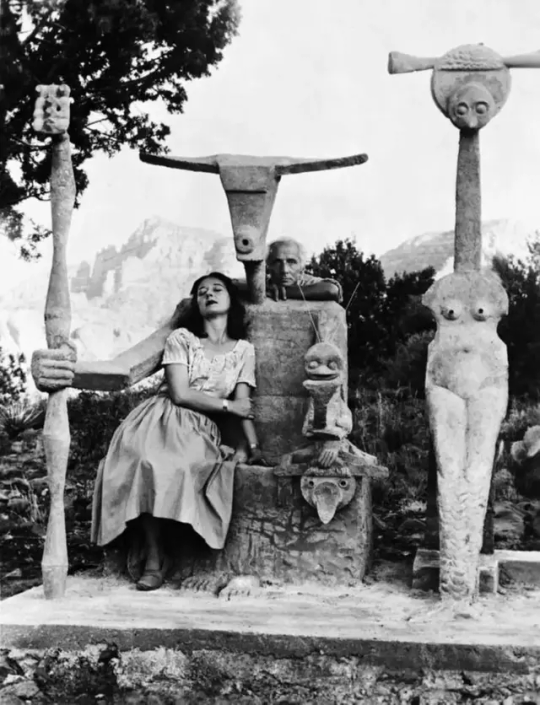
Max Ernst with Dorothea Tanning and his sculpture Capricorn | John Kasnetsis
917 notes
·
View notes
Text

Dorothea Tanning and Max Ernst with the sculpture Capricorne, Arizona. 1948
Photo by John Kasnetzis
37 notes
·
View notes
Text
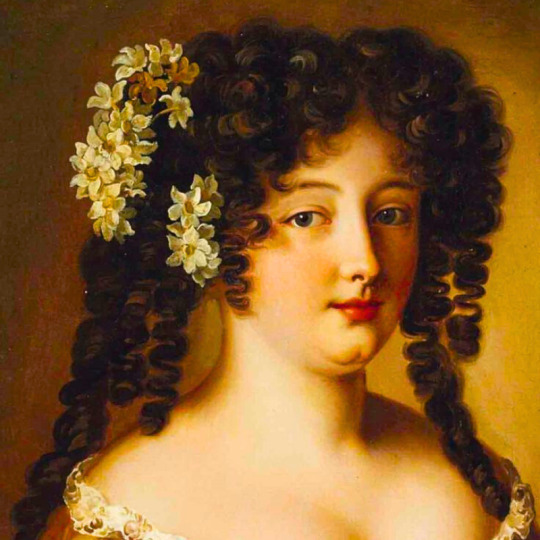
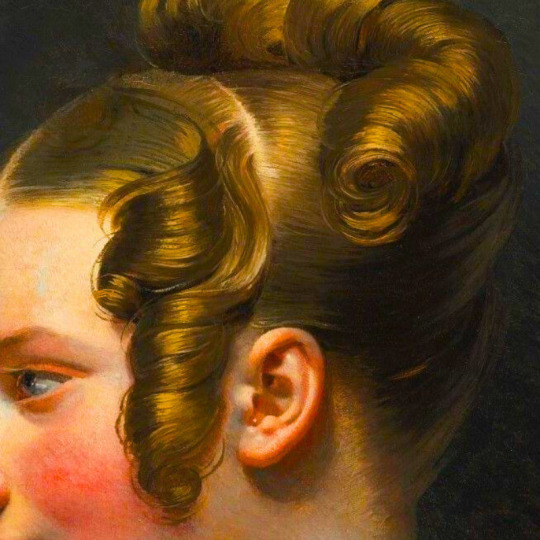

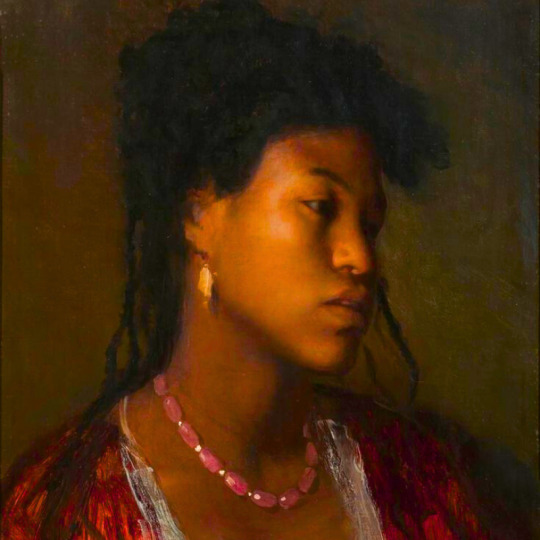
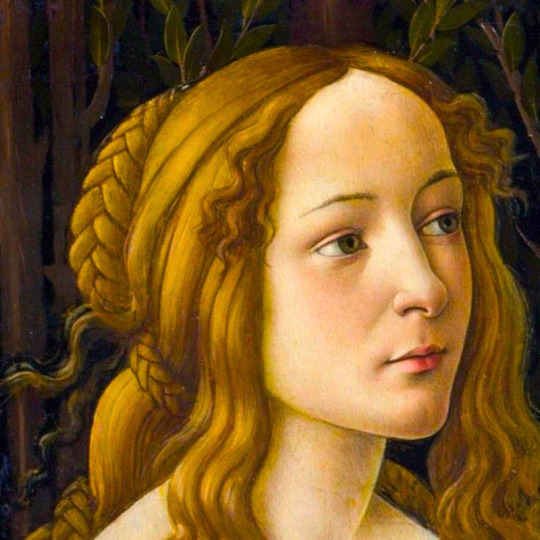
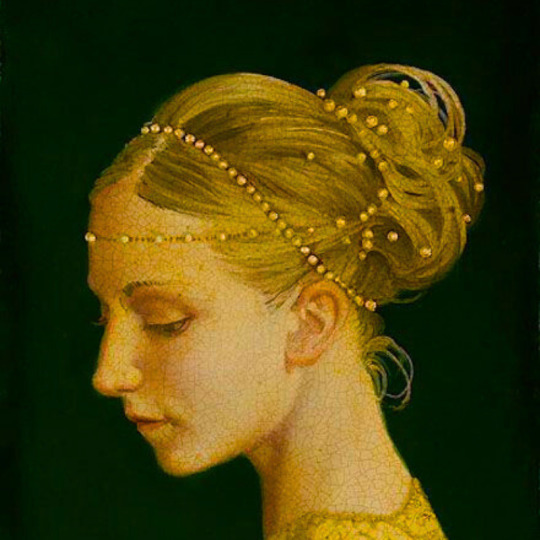
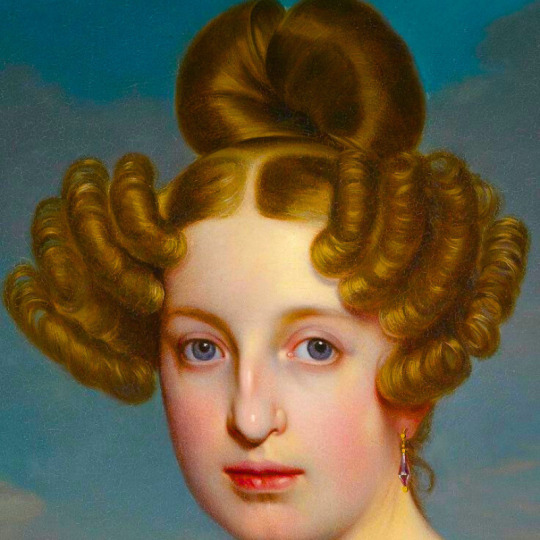
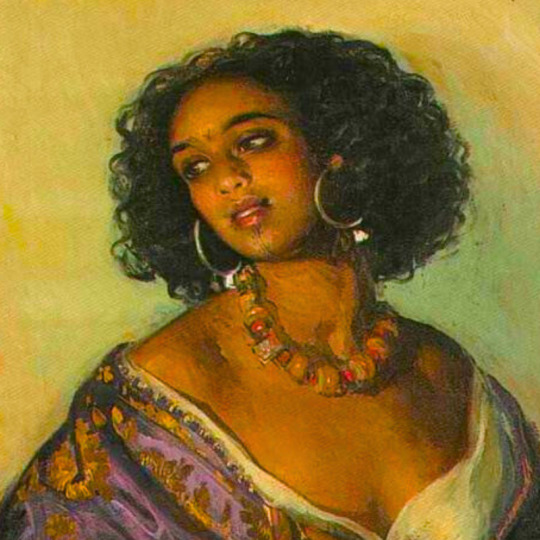
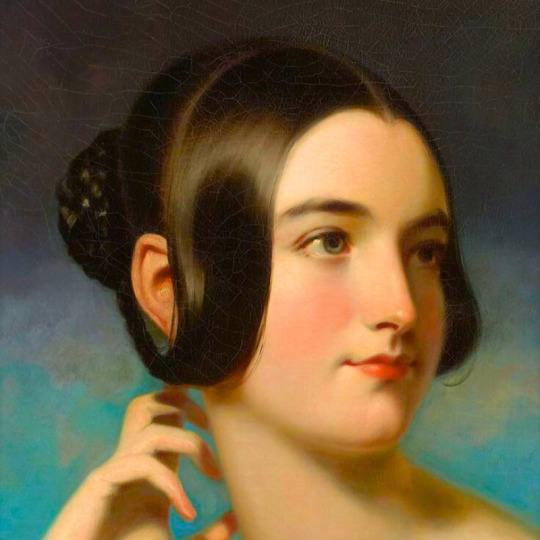
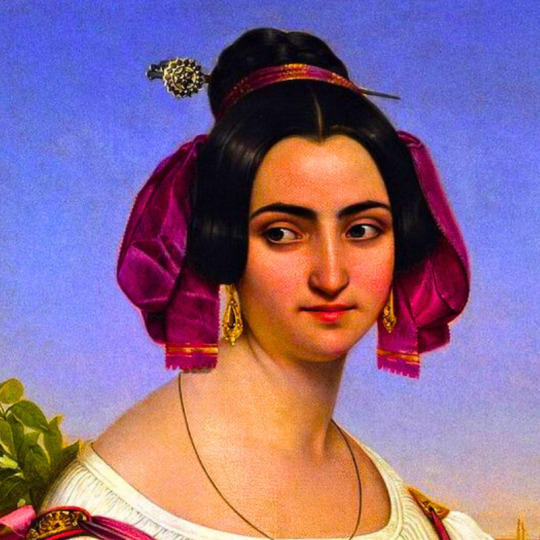
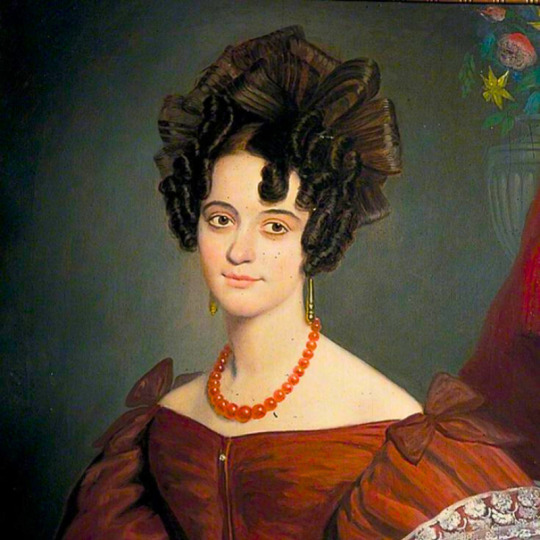
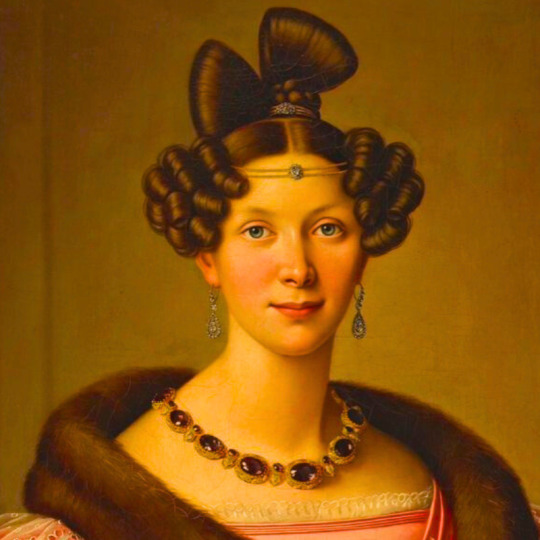
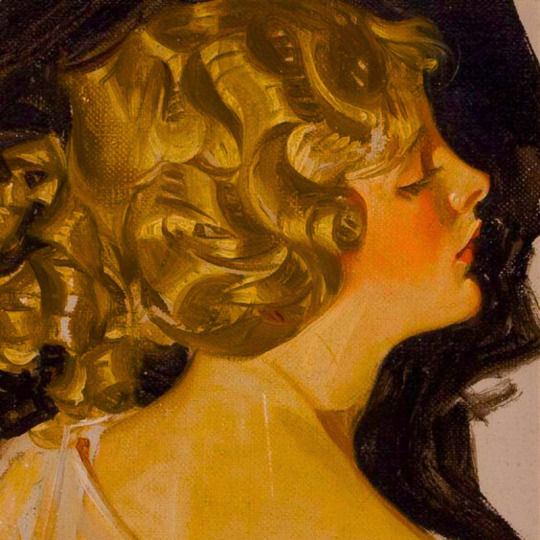
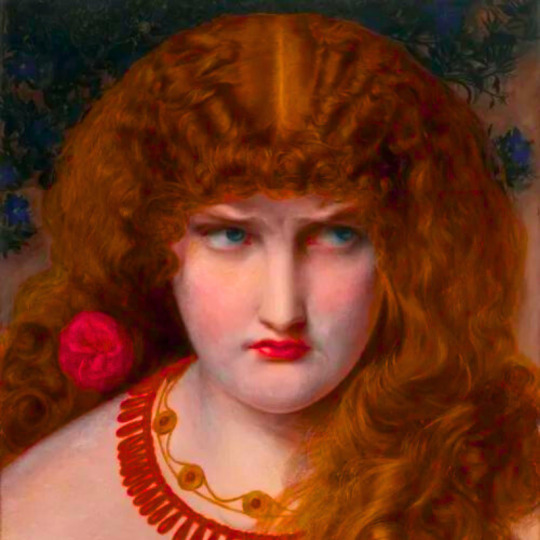
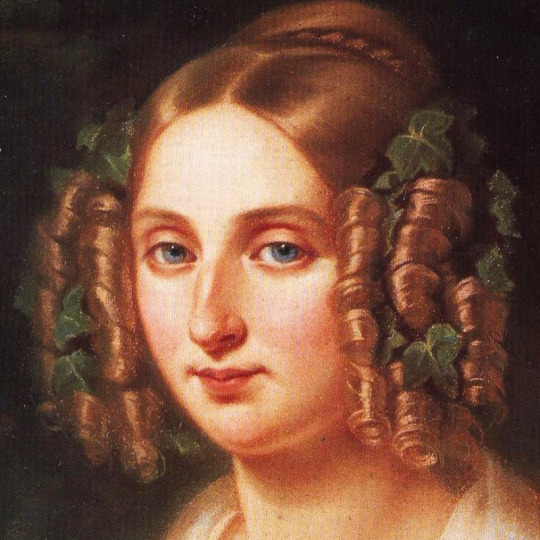
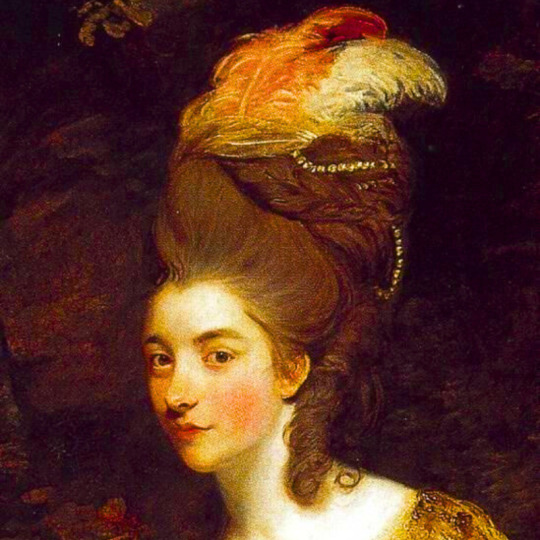
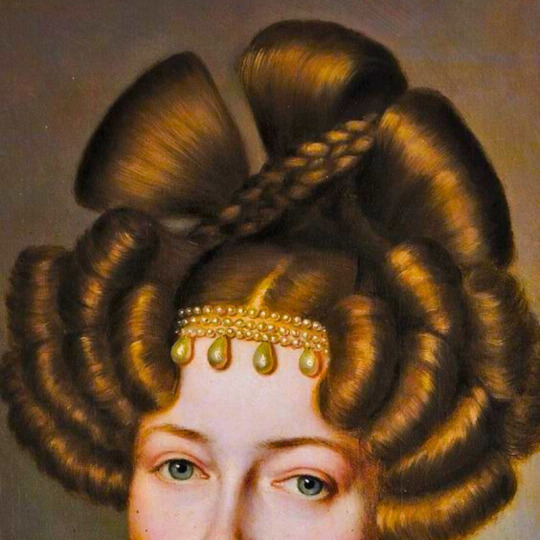
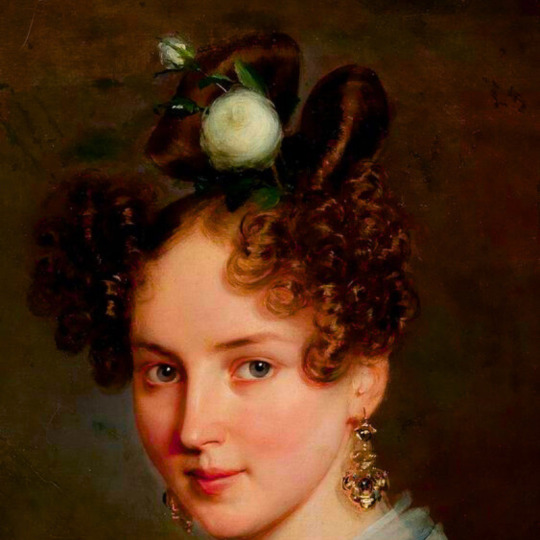

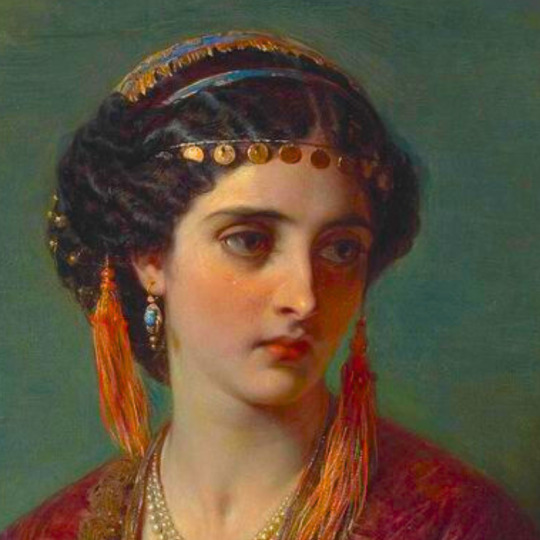
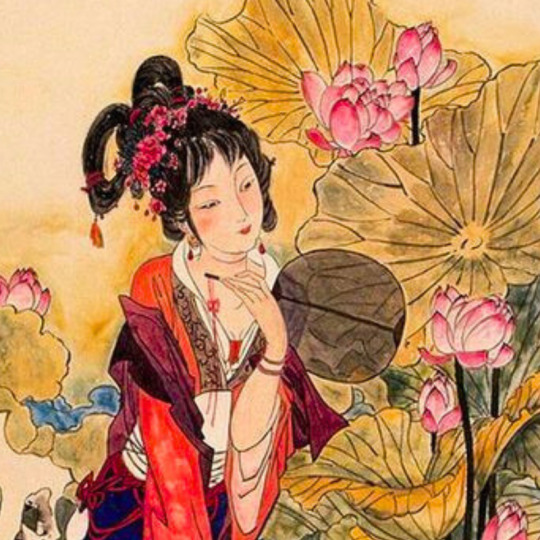
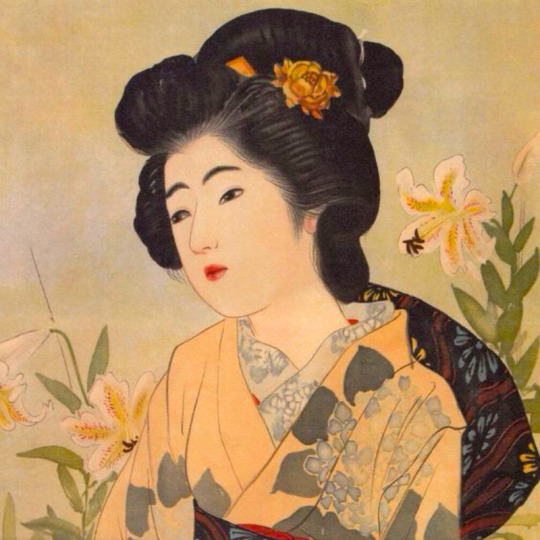
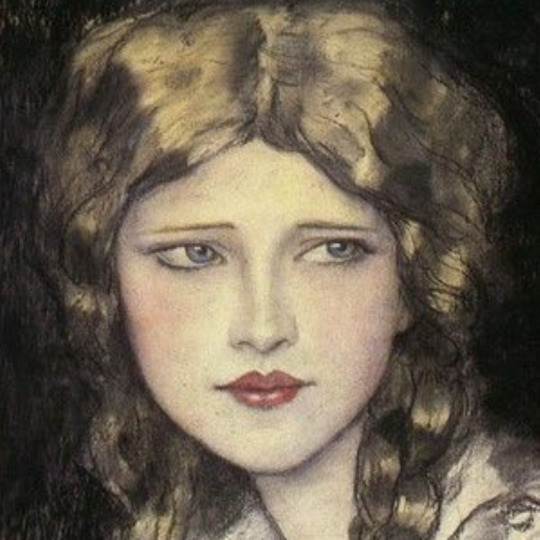
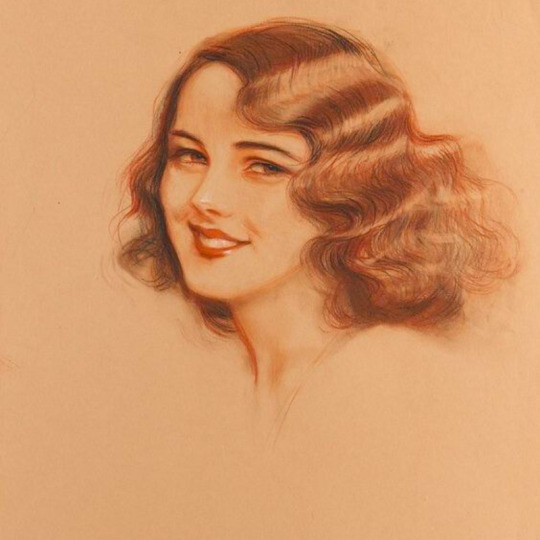
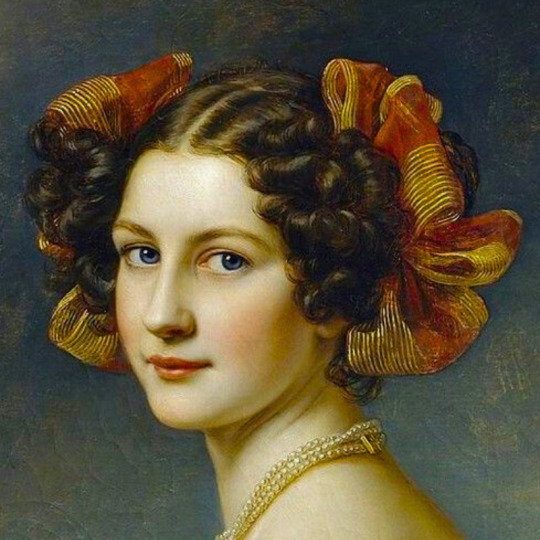
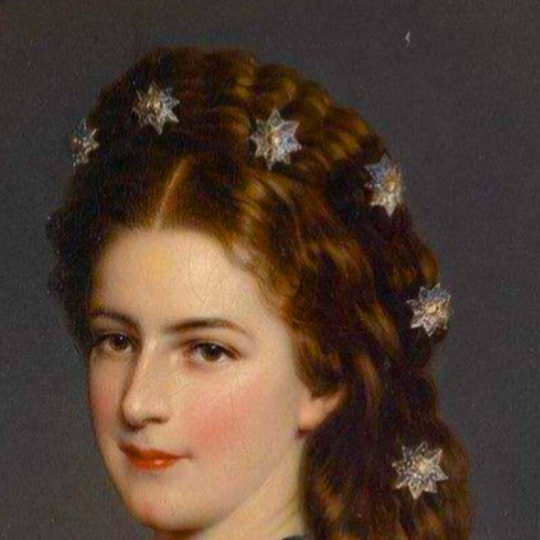
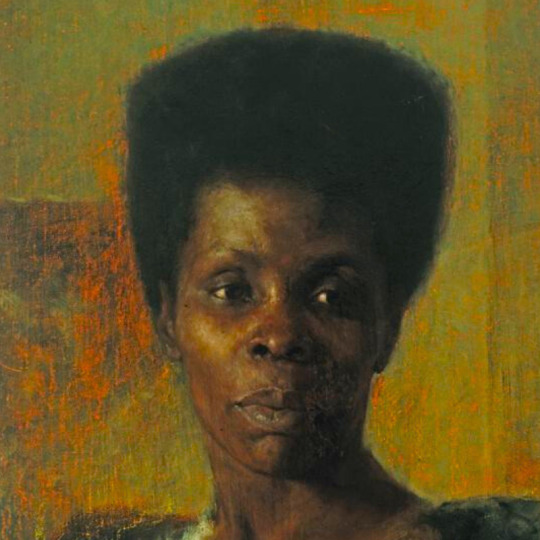
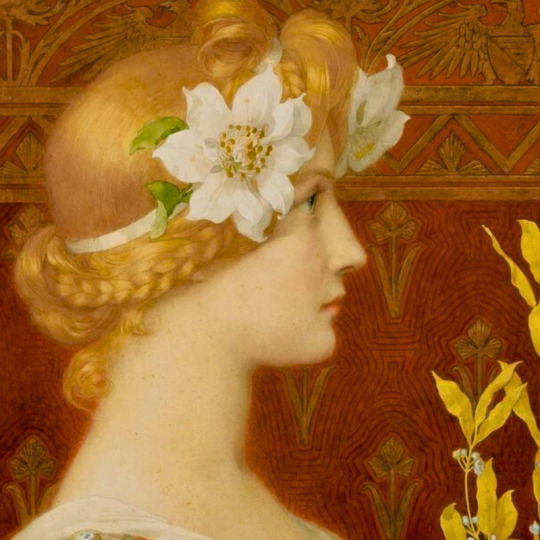
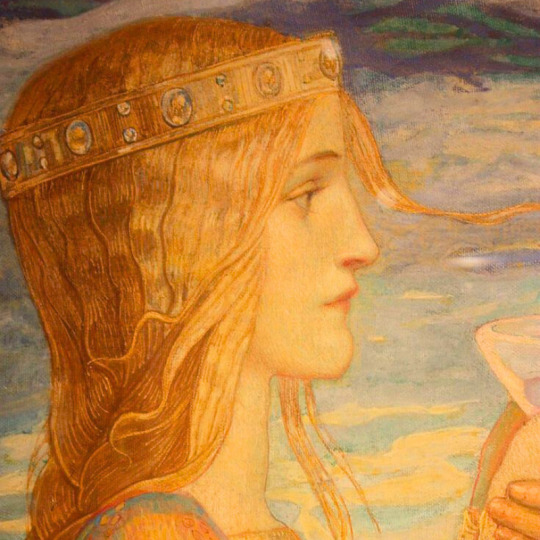
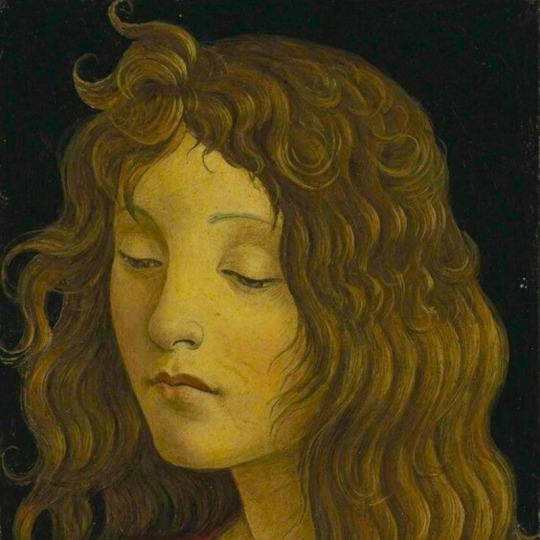
hair + art
#hortense mancini by jacob ferninad voet#painting is by edouard louis dubfe#painting by joseph karl stieler#painting by leopold carl muller#venus and mars by sandro botticelli#betrothed by james christensen#elise dorothea frederike by ernst thelott#painting by jose cruz herrera#miss jane mercer by samuel bell waugh#painting by johann heinrich richter#sarah walker of canterbury by j.b. haslehurst#painting by friedrich wilhelm herdt#young woman by j.c. leyendecker#helen of troy by anthony frederick augustus sandys#marie louise of orleans by i cant find the artist#georgiana duchess of devonshire by sir joshua reynolds#maria cornelia van wassenaer by jean baptiste van der hulst#portrait of a lady by franz schrotzberg#countess claudine rhedey johan nepomuk ender#painting by thomas francis dicksee jessica#escaping summer heat by hua sanchuan#i think this is by eiho hirezaki#drawing by wladyslaw t. benda#painting by hugette clark#auguste hilber by joseph karl stieler#empress elisabeth of austria by franz xaver winterhalter#zamorka by anton azbe#painting by elisabeth sonrel#painting by john duncan#saint john the baptist by sandro botticelli
339 notes
·
View notes
Text
The new OLNF demo uptade healed me
#han rambles#our life: now & forever#our life now and forever#olnf rambles#olnf qiu#olnf tamarack#olnf Hong#olnf Yi#olnf Ernst#olnf Dorothea#olnf renee#olnf baxter#olnf vianca#olnf serenity
35 notes
·
View notes
Text

John Kasnetzis - Dorothea Tanning and Max Ernst
7 notes
·
View notes
Text

Dorothea Tanning, Max Ernst, and William N. Copley, Toy Theater, c. 1948.
23 notes
·
View notes
Video
youtube
The Dorothea Tanning & Max Ernst Show
8 notes
·
View notes
Photo

Dorothea-tanning-max-ernst-by-lee-miller-1946; Abre una nueva pestaña Dorothea Tanning. Max Ernst. By Lee Miller. 1946.
21 notes
·
View notes
Text

Ph John Kasnetsis, Life Magazine, 21 January, 1952
Dorothea Tanning and Max Ernst with his sculpture, Capricorn.
65 notes
·
View notes
Text

Dorothea Tanning and Max Ernst with his sculpture, Capricorn, in Sedona, photograph by John Kasnetsis, 1947
This photograph appeared in LIFE Magazine, January 21, 1952
5 notes
·
View notes
Text
Dorothea Tanning: Doors to Womanhood
Did you ever stop to consider who the famous women Surrealists painters were? This week Abby dives into that question and arrives at the doorstep of painter Dorthea Tanning, considered the last Surrealist. #MarywoodArt #ArtHistory #StudyArtAtMarywoodU
“Women artists. There is no such thing— or person.” —Dorothea Tanning, October 1st, 1990. Surrealism is one of the most well known art movements of the 20th century, easily recognizable in the obscured faces of Magritte or Dali’s dripping clocks decorating college dorm rooms. Artworks identified with this movement captivate the imagination of the masses, allowing viewers to enter worlds that…
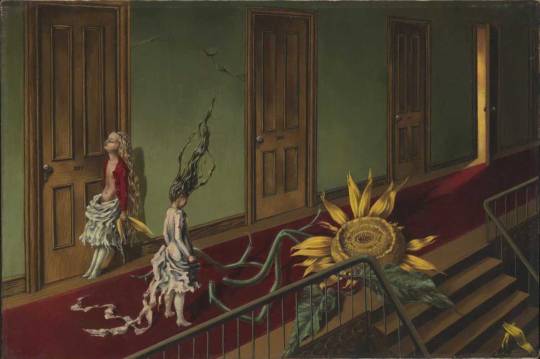
View On WordPress
#Art#Dorothea Tanning#Eine Kleine Nachtmusik#Feminism#guggenheim#Julien Levy gallery#Linda Nochlin#Marywood Art#Marywood Art Department#Marywood University#Marywood University Art Department#Max Ernst#Painting#Petrarch#scholarship#surrealism#Where Creativity Works#wherecreativityworks#Womanhood#women#Women in art
2 notes
·
View notes
Text

1 note
·
View note
Text

John Kasnetsis. Dorothea Tanning and Max Ernst with his sculpture, Capricorn, in Sedona, 1947.
542 notes
·
View notes
Text
A lot of the time when you read about African dragons online, people talk about cryptids like the Kongamato, Mokele-Mbembe or the Das-Adder. Most of these creatures, while originating in local folklore or mythology, have been warped beyond recognition by European accounts and in many cases are also not particularily dragon-like aside from being reptilian and sometimes being associated with water.
So for this African History Month, I decided to do a series of posts about African mythical creatures that actually are very similar to dragon myths and probably have a common origin or are at least connected through mutual influences.

The first such dragon is Arwë (also known as Wainaba). This giant serpent is said to have been worshipped in Ethiopia before king Ezana of Axum embraced Christianity in the 4th century.
According to legend, a stranger came to Arwë's land and met a woman who cried because her daughter was about to be sacrificed to the dragon. The stranger asked her for a white lamb and the juice of the poisonous Euphorbia tree. Then he offers the lamb and juice to Arwë, who is poisoned and dies. The people of Ethiopia make the man their king, and after his reign he is followed on the throne by his daughter, the Queen of Sheba. With king Solomon she becomes the mother of Menelik I., the first historical king of Ethiopia.
There are many alternative versions of the tale. In one of them, the stranger is a wizard who fires flame from his palms to kill the serpent, while in another version one of the seven saints of Ethiopia, Abba Mentelit, kills the dragon with his cross.
In the versions of the story that include human sacrifices, one can clearly see parallels to the legend of St. George, who was and still is a very popular saint in Ethiopia.
Sources:
Edward Ullendorff (1956), The Contribution of South Semitics to Hebrew Lexicography, Vetus Testamentum, https://www.jstor.org/stable/1515723
Ernst Hammerschmidt (1965), Jewish Elements in the Cult of the Ethiopian Church, Journal of Ethiopian Studies, https://www.jstor.org/stable/1515723
Dorothea McEwan (2007), Sebetat: the Many Lives and Deaths of a Monster, Journal of Ethiopian Studies, https://www.jstor.org/stable/41988222
How Makeda Visited Jerusalem, and How Menelik Became King in Anthonia C. Kalu (2007), The Rienner Anthology of African Literature, Lynne Rienner Publishers, ISBN 9781588264916
Andrea Manzo (2014), Snakes and Sacrifices: Tentative Insights into the Pre-Christian Ethiopian Religion, Aethiopica, Vol. 17, https://doi.org/10.15460/aethiopica.17.1.737, ISSN 2194-4024
Wainaba, the Serpent Ruler, Oxford Reference
Enno Littmann (1904), The Legend of the Queen of Sheba in the Tradition of Axum, BiblioLife (2009), ISBN 978-1103925988
#arwe#wainaba#serpent#dragonslayer#black history month#abba mentelit#menelik i.#queen of sheba#solomon
39 notes
·
View notes
